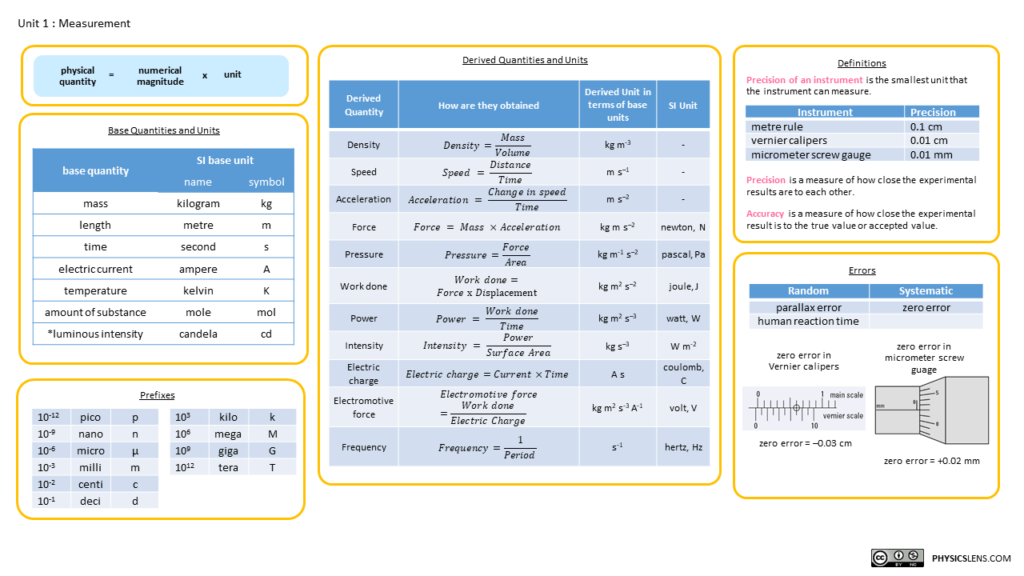I made some refinement to an applet created last year to demonstrate how vector addition can be done either using vector triangle or parallelogram methods.
To access directly in Geogebra, the link is https://www.geogebra.org/m/p2yvdsvs
the world in a different light
I made some refinement to an applet created last year to demonstrate how vector addition can be done either using vector triangle or parallelogram methods.
To access directly in Geogebra, the link is https://www.geogebra.org/m/p2yvdsvs
This new applet is designed for students to practise conversion of common units used in physics on their own. There is a checking algorithm within, which might need some fine-tuning. For full screen view, click here.
The worked solutions given will demonstrate the breakdown of steps that could help students learn the procedure to convert these units.
This little applet is designed to allow students to change the order of magnitude and to use any common prefix to observe how the physical quantities are being written. To view this applet in a new tab, click here.
Standard form (also known as scientific notation) is a way of writing very large or very small numbers that allows for easy comparison of their magnitude by using the powers of ten. Any number that can be expressed as a number, between 1 and 10, multiplied by a power of 10, is said to be in standard form.
For instance, the speed of light in vacuum can be written as 3.00 × 108 m s–1 in standard form.
When a prefix is added to a unit, the unit is multiplied by a numerical value represented by the prefix. e.g. distance = 180 cm = 180 x 10-2 m = 1.80 m
The purpose of using prefixes is to reduce the number of digits used in the expression of values. Hence, students can use the prefix slider to find a user-friendly expression, such as 682 nm instead of 0.000000682 m.
The ten prefixes used are:
| 10-12 | pico |
| 10-9 | nano |
| 10-6 | micro |
| 10-3 | milli |
| 10-2 | centi |
| 10-1 | deci |
| 103 | kilo |
| 106 | mega |
| 109 | giga |
| 1012 | tera |
After completing the vernier calipers applet, I simply had to do a similar one for the micrometer. However, this was a lot more complex as the thimble’s numbers are supposed to be “rotating” rather than moving linearly. A lateral movement of the thimble had to be coupled with a vertical movement of the rotating scale, with the corresponding numbers on the scale constantly changing with each new problem.
Students will need to make readings when the spindle is closed and when open to measure an object before subtracting the zero error and keying in the answer for the actual measurement. The answer will be checked for accuracy, although not for the correct number of decimal places because I have not figured out a way to programme that check yet.
To access the applet in fullscreen, go to https://www.geogebra.org/m/qedrwymk. To embed into SLS, you may use this code:
<iframe scrolling="no" title="Micrometer with zero error" src="https://www.geogebra.org/material/iframe/id/qedrwymk/width/640/height/480/border/888888/sfsb/true/smb/false/stb/false/stbh/false/ai/false/asb/false/sri/false/rc/false/ld/false/sdz/false/ctl/false" width="640px" height="480px" style="border:0px;"> </iframe>The aim of this applet is to help students who just learnt about zero errors in vernier calipers to get some practice of their own. Students just have to key in their answer into the textbox and they will know if they got it correct.
To modify later: an option to give the correct answer if the student asks for it.
I have not figured out how to ensure that the input is expressed in 2 decimal places, so if any expert is able to advise, I will be glad to try it out.
To access the applet in fullscreen, go to https://www.geogebra.org/m/jybrnwgp. Meanwhile, the applet is embeddable in SLS using the following iframe code.
<iframe scrolling="no" title="Vernier calipers with zero error" src="https://www.geogebra.org/material/iframe/id/jybrnwgp/width/640/height/480/border/888888/sfsb/true/smb/false/stb/false/stbh/false/ai/false/asb/false/sri/false/rc/false/ld/false/sdz/false/ctl/false" width="640px" height="480px" style="border:0px;"> </iframe>Credits to Abdul Latiff for the original applet which I modified to add the zero error readings.

Click here to download high res version.